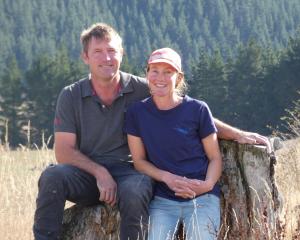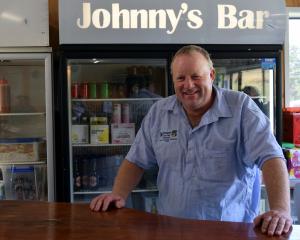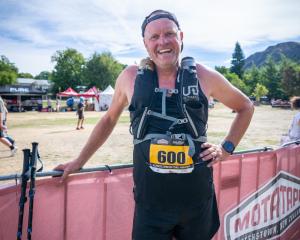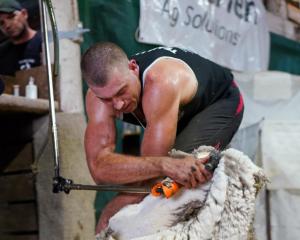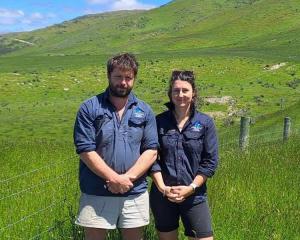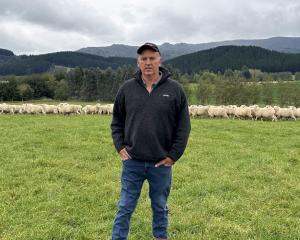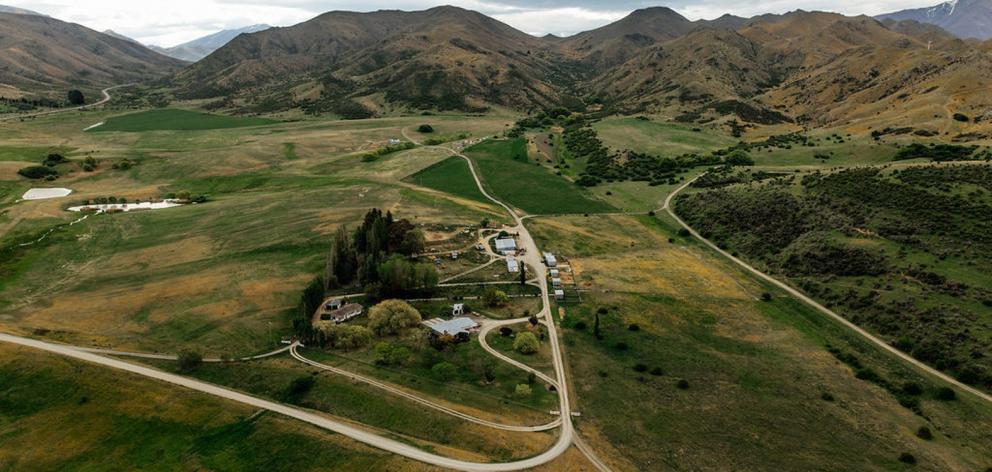
For more than a century, the Munro family have farmed Rostriever Run, a high country property alongside what is now the Otematata township.
But their roots in the area dated back to the 1860s, when William and Lavannah Munro first arrived in the district.
In latter years, Rostriever has been farmed in partnership by three brothers — John, Ian and the late Ronnie — and their families. But change is in the wind as the family have decided to put the pastoral lease up for sale.
The fact the family remains on the land was probably testament to the strength of their late mother, Lexie who as a recently widowed mother of three faced being kicked off the land.
The area — including their own property — faced massive disruption with the building of Benmore Dam, which was commissioned in 1965, and they lost about 770ha of land.
Work started on creating Otematata in 1957 as the construction camp for both the Benmore and Aviemore dams, and the first 150 workers arrived in January 1958.
At the time, Benmore dam was the biggest man-made structure in New Zealand and the largest earth dam in the southern hemisphere.
Cliff Munro died, aged 40, in 1963 — in the middle of the construction phase — and an attempt was made to kick his widow off the land.

By the time Mrs Munro came out of the lawyer’s office, the compensation did not amount to a great deal.
"She reckoned she would have got a cake mixer out of it," John said.
At its peak, Otematata had 4166 people, a shopping centre, a large number of sports clubs, primary and high schools and a hospital whose maternity wing had 179 births in 1964.
For John Munro, as a child growing up in the area, he recalled it was like waking up one morning to discover several thousand people living there.
It was a major change from having previously probably about four or five children in the area to walking in to his first day of school to find 40 kids in the class.
So while it was a big change, that growth of Otematata was something that they grew up with. That was followed by its subsequent transition to a popular holiday village.
A development that came to the detriment of their property — with the stress involved and unfulfilled promises — was something that ended up benefiting a lot of people, John said.
"That’s just life. We’re still here," Ian added.
The name Rostriever came from Rostrever in Tasmania, where Lavannah Munro came from.
Scottish-born William Munro married Lavannah in Glamorgan, Tasmania, in 1860. It was believed he had gone to Australia gold-mining.
They had two sons born in Australia, before William came to New Zealand, once again prospecting.

He sent for his wife and sons to come over in 1864. They then had another seven sons and two daughters, but lost twin daughters.
Around 1866-67, William and Lavannah moved to Otematata where they ran an accommodation house and hotel and acquired some freehold land. The couple were buried in a family cemetery on Rostriever.
In the early 1900s, the Munro brothers became lessees of part of Otematata run known as Archibald’s Block, later to be known as Rostriever.
As well as Rostriever, the Munro family also has the pastoral lease for Mt Thomas, on the Lindis Pass, with a combined acreage of about 3500ha.
Sheep were still driven between the two properties — a distance of 67km — along the state highway, in a three-day drive, including through Omarama.
In the "old days", there was never anybody in front of the mob, but today’s traffic meant that was no longer the case.
Ronnie’s widow Vicky believed the farming system at Rostriever was quite unique: a family partnership of three brothers with different skills and interests working together.Farming at Rostriever had been good, but not easy, over the years.
"There’s ups and downs like all farming, good years and bad years," John said.
But he never wanted to live anywhere else.
"To me, I’ll never leave ... the area. It’s lovely; it’s paradise.
"You couldn’t get me living in a city, I tell you that right now. When you’re young, you don’t think about it too much [but] as you get older, you realise the beauty around you."
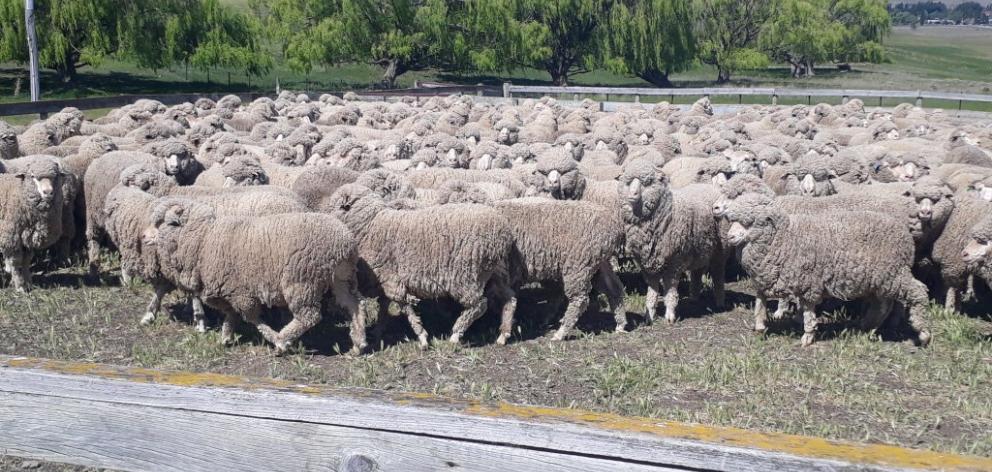
Now there was a lot of new money coming into Otematata and a new generation of people, but it retained its traditional, friendly feel.
The Munro wives agreed it had been a great place to bring up families. Now Cheryl Munro said her grandchildren loved coming from Auckland and doing "everyday chores" like jogging the horses or going up the hill in the truck.
Standardbred horses have been a long-standing family interest, although Vicky Munro quipped that she and John’s wife Joan "run away from them".
Over the years, the family had bred some good horses including Rostriever Hanover — which was four-year-old pacer of the year in 1987-88 and won $170,000 in 10 days in 1988 on the way to total stakes of $342,895.
"We’ve all got different areas. Ian’s the trainer. We do as we’re told. Ronnie was more into mechanical stuff but he could still drive a horse as good as gold," John said.
The family had cut back in horse numbers but they did have one racing at the moment in Ashburton, called Sheez Good, which has won three races.




